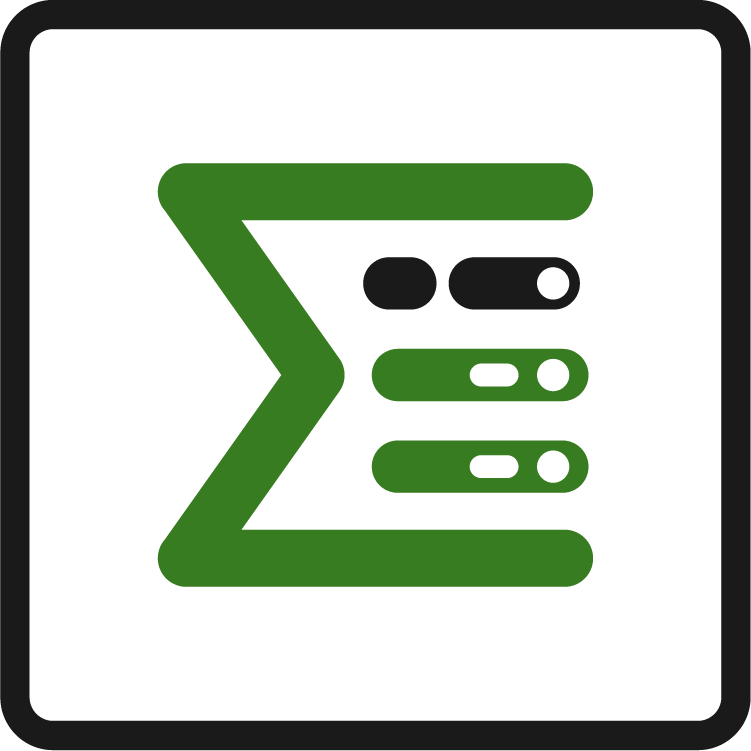Containers
What are Containers?
Similar to Jira epics, Epic Sum Up containers can be parents of other issues.
What can they be used for?
Epic Sum Up containers allow you to create flexible structures. Containers are not bound to a specific issue type hierarchy, and they can be stacked to any height.
How can you use them?
Containers vs Epics vs Jira Advanced Roadmaps
We need to briefly cover what epics and Jira Advanced Roadmaps are, here, before we continue.
Epics are a single deliverable/goal/project, represented by folders within a project hierarchy. Within an epic, a project manager can create different kinds of issues.
Advanced Roadmaps, meanwhile, are a planning tool that can be used across projects. Typically Advanced Roadmaps are used to create plans that span multiple teams and/or entire organizations. Advanced Roadmaps allow more control over issues, issue schemes, etc.
Epic Sum Up containers are a structural element, similar to epics. However, ESU containers offer more flexibility & features, compared to epics and Advanced Roadmaps.
You can stack child issues into containers simultaneously while you stack containers within containers.
Unlike Advanced Roadmaps, in containers stacking is flexible and not limited by issue scheme. With ESU containers you can stack other containers or issues to any height.
Dynamic lists allow convenient viewing and control of containers, tasks, and issues. Within these lists, you have shortcuts for the easy creation of issues, within containers.
Container Link
This container link concept is similar to epic link and parent link in Jira Advanced Roadmaps. Using container links you can stack issues into a container, and create a hierarchy. Unfortunately, you cannot add sub-tasks to a container.

Issues in Container list
ESU containers also support dynamic lists of containers you set up within your original container. With these lists, you can replace the default Jira epic / Roadmap issue lists. The ESU container lists allow you the ability to add columns and see the issue structure as a tree–this offers more information than alternative list types. Within this container list, you will see shortcuts so that you can create issues directly.

